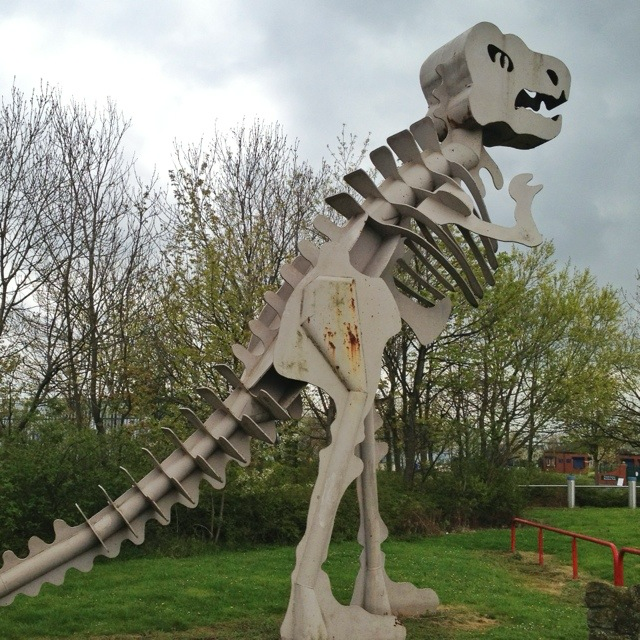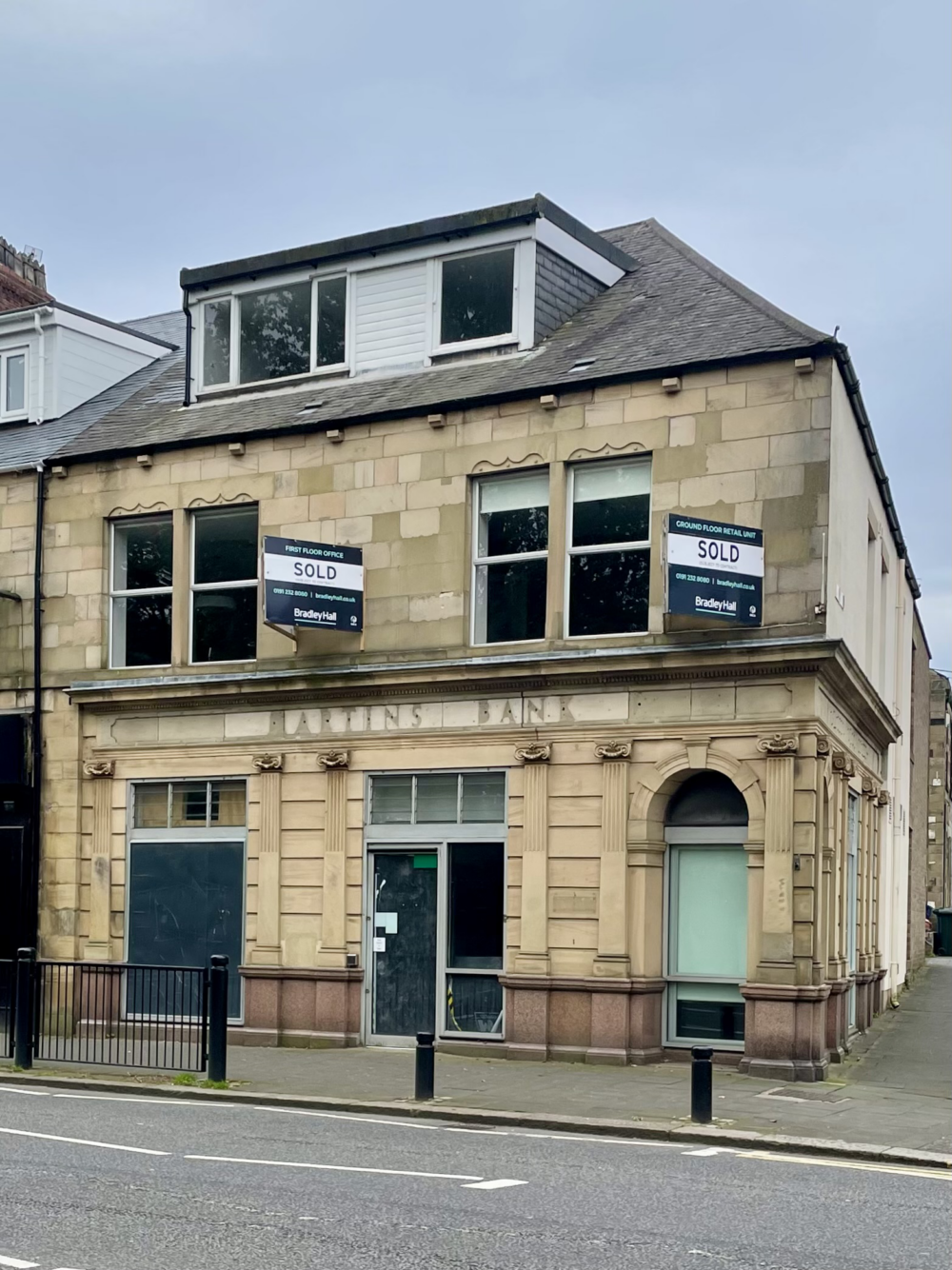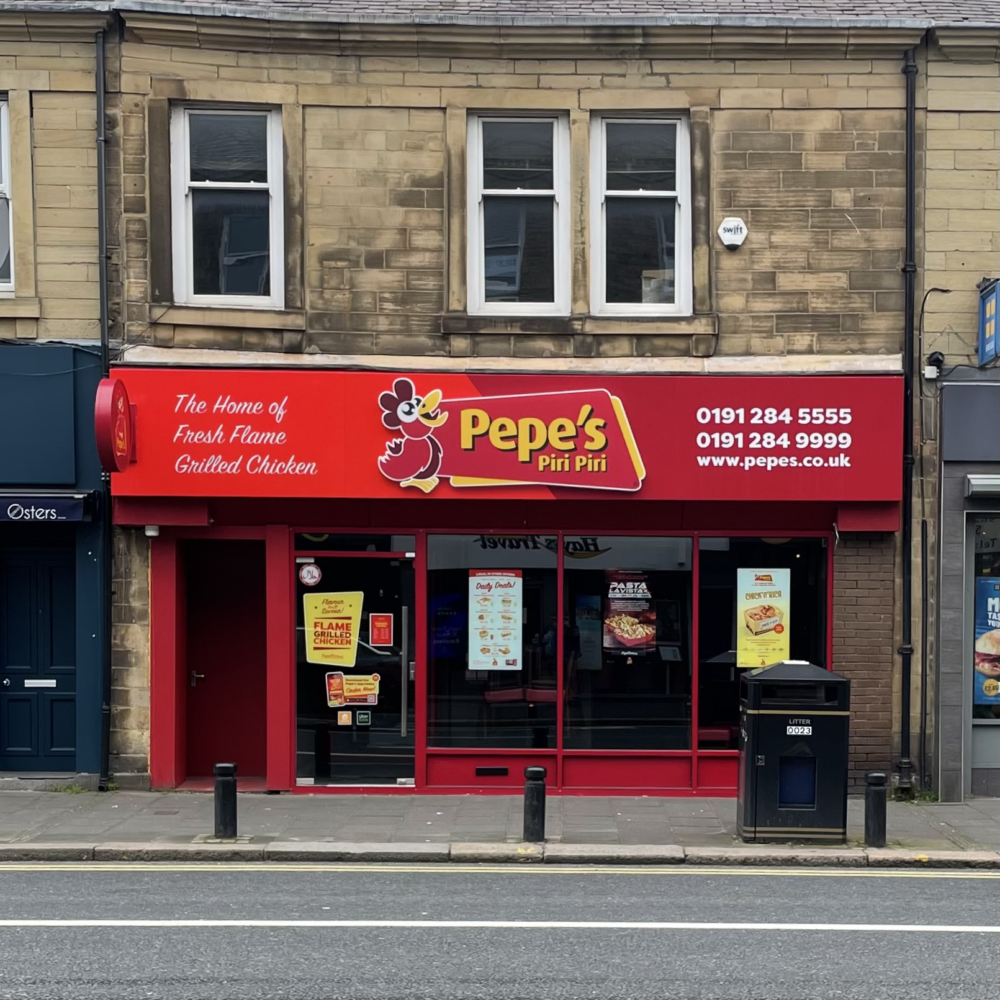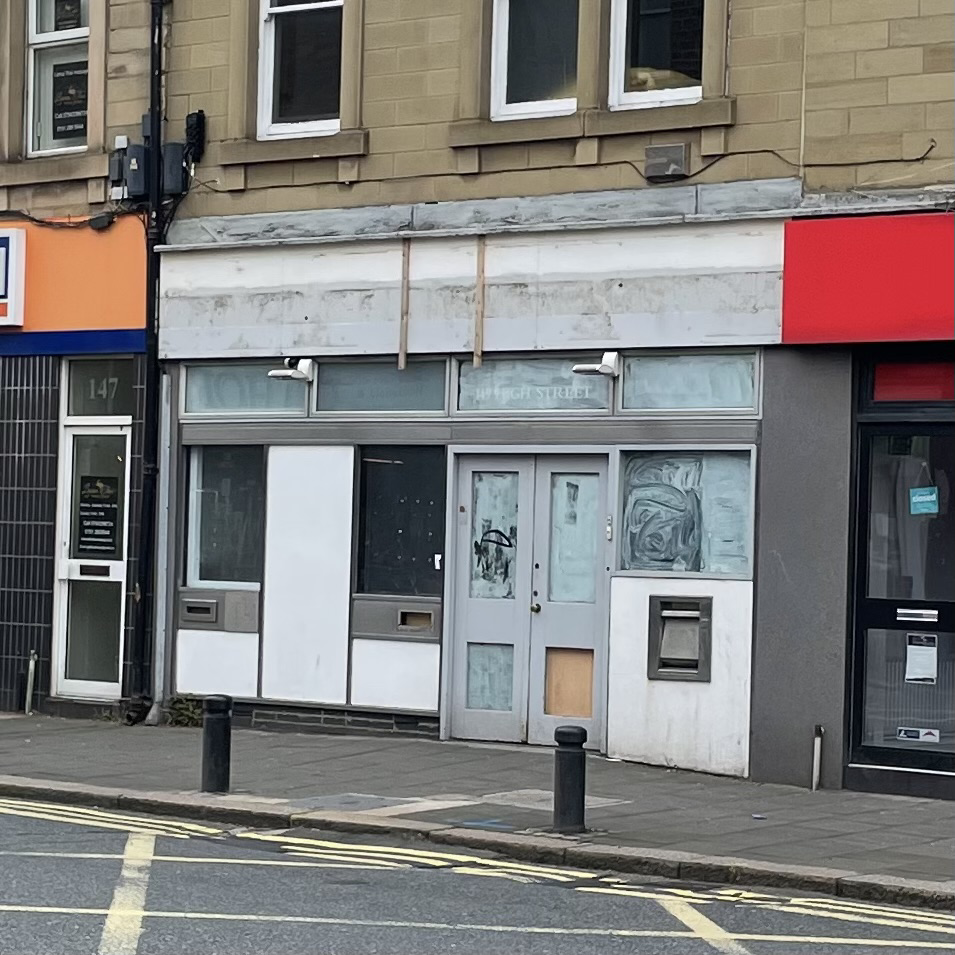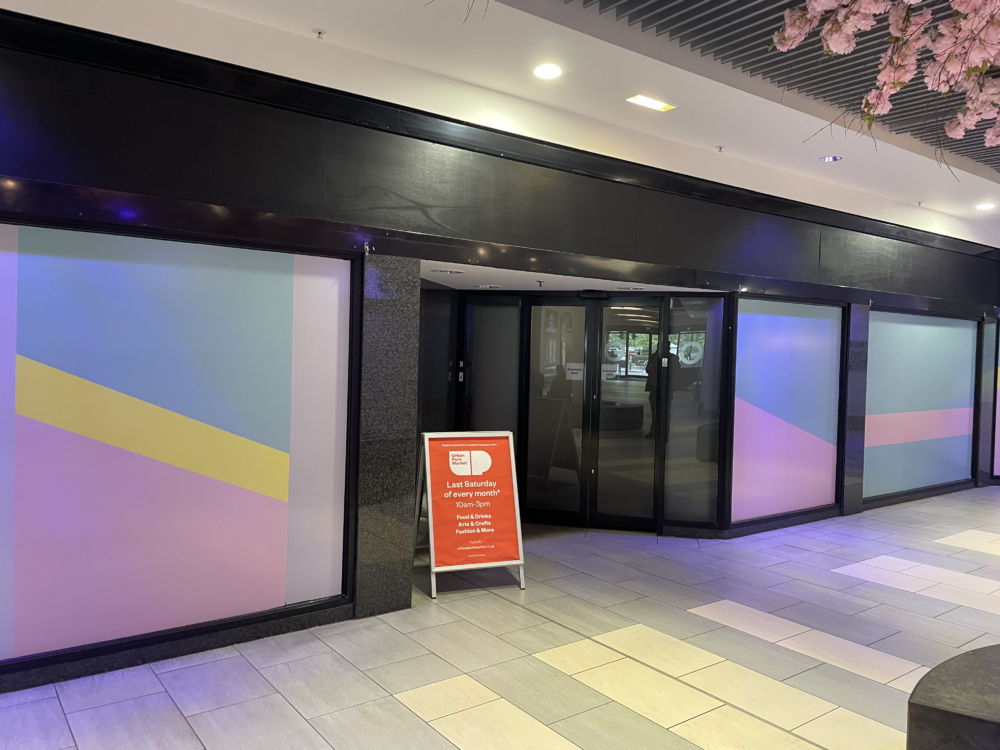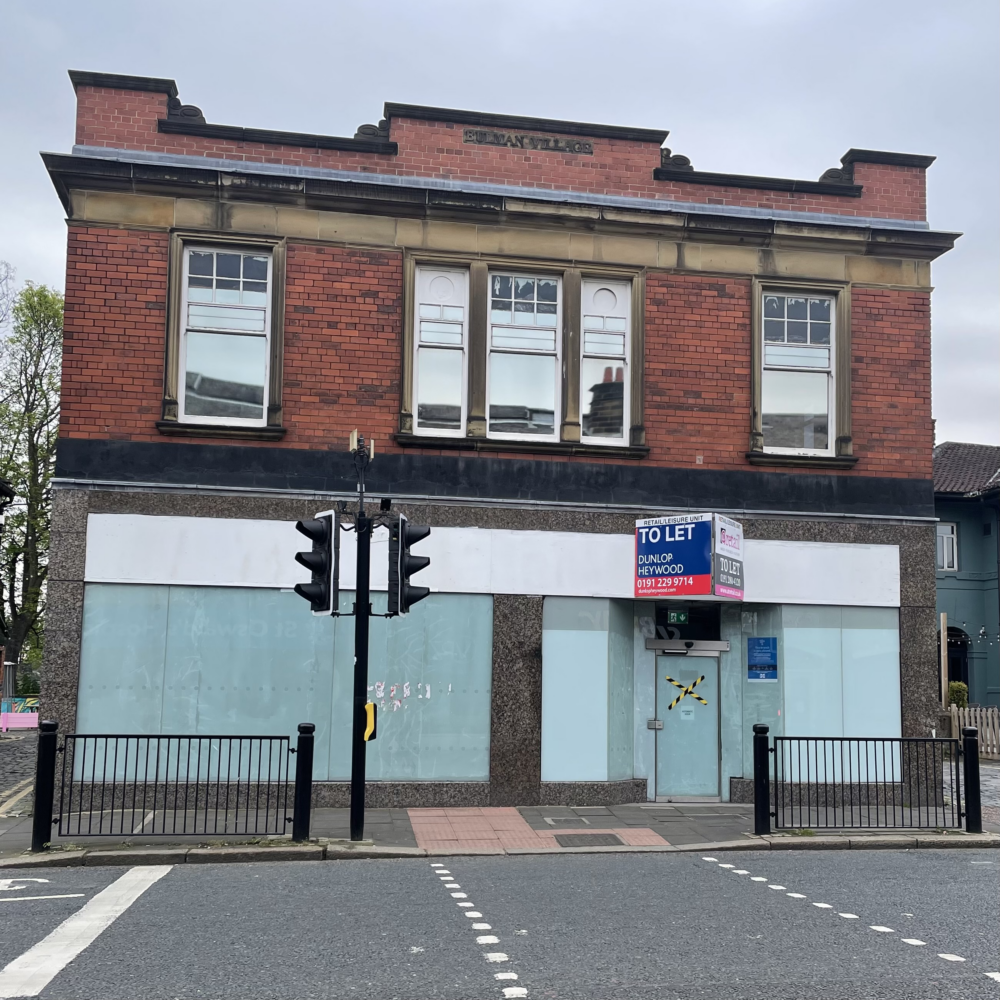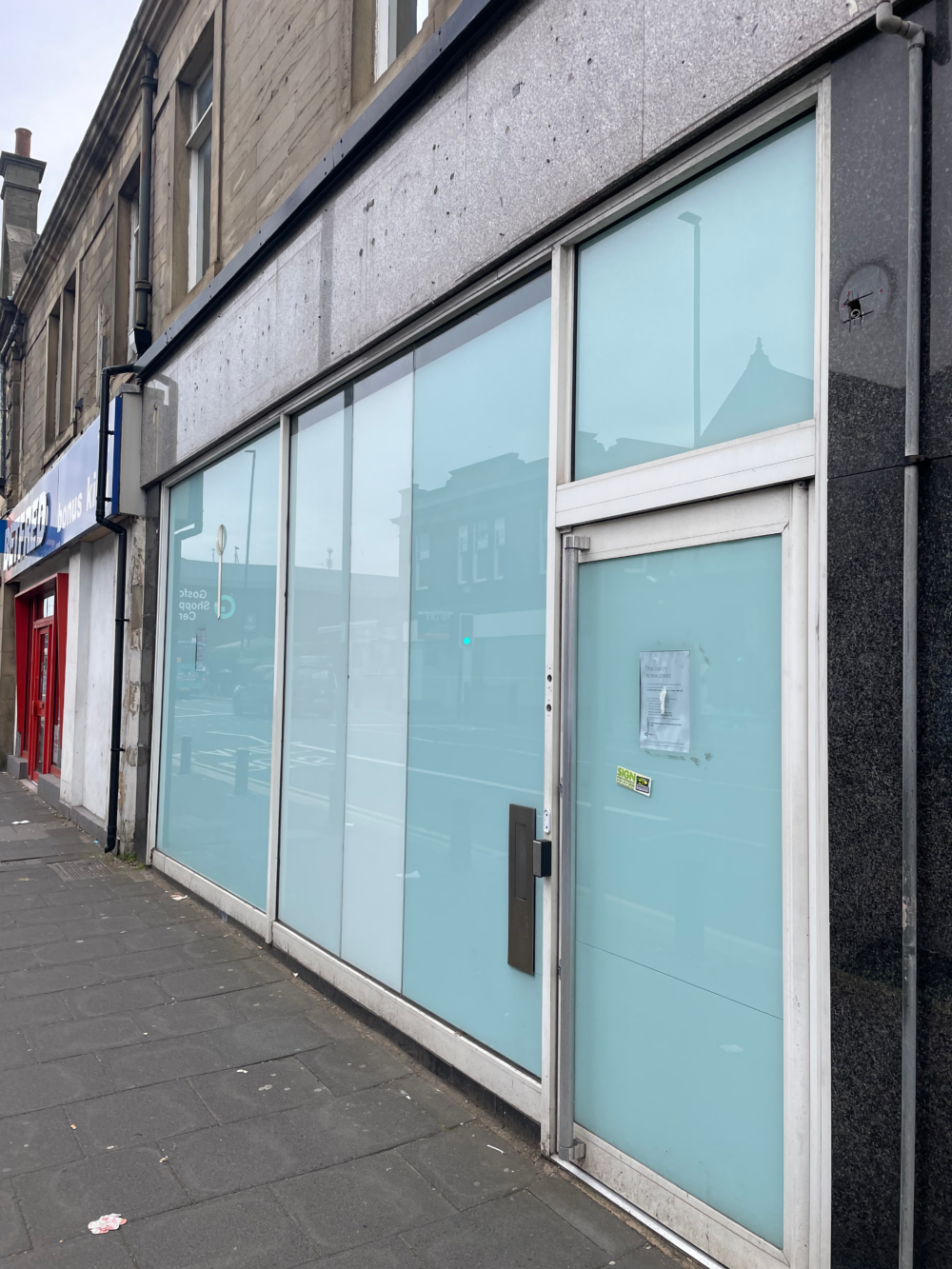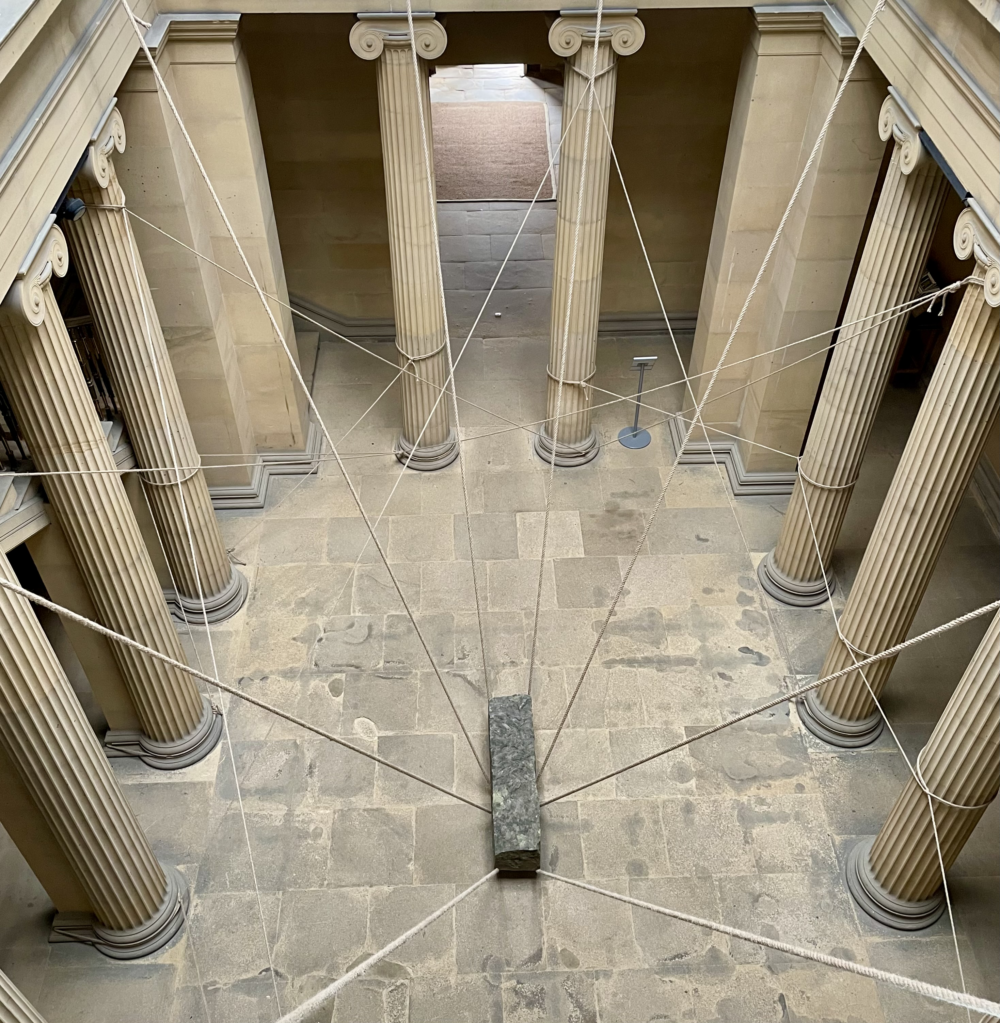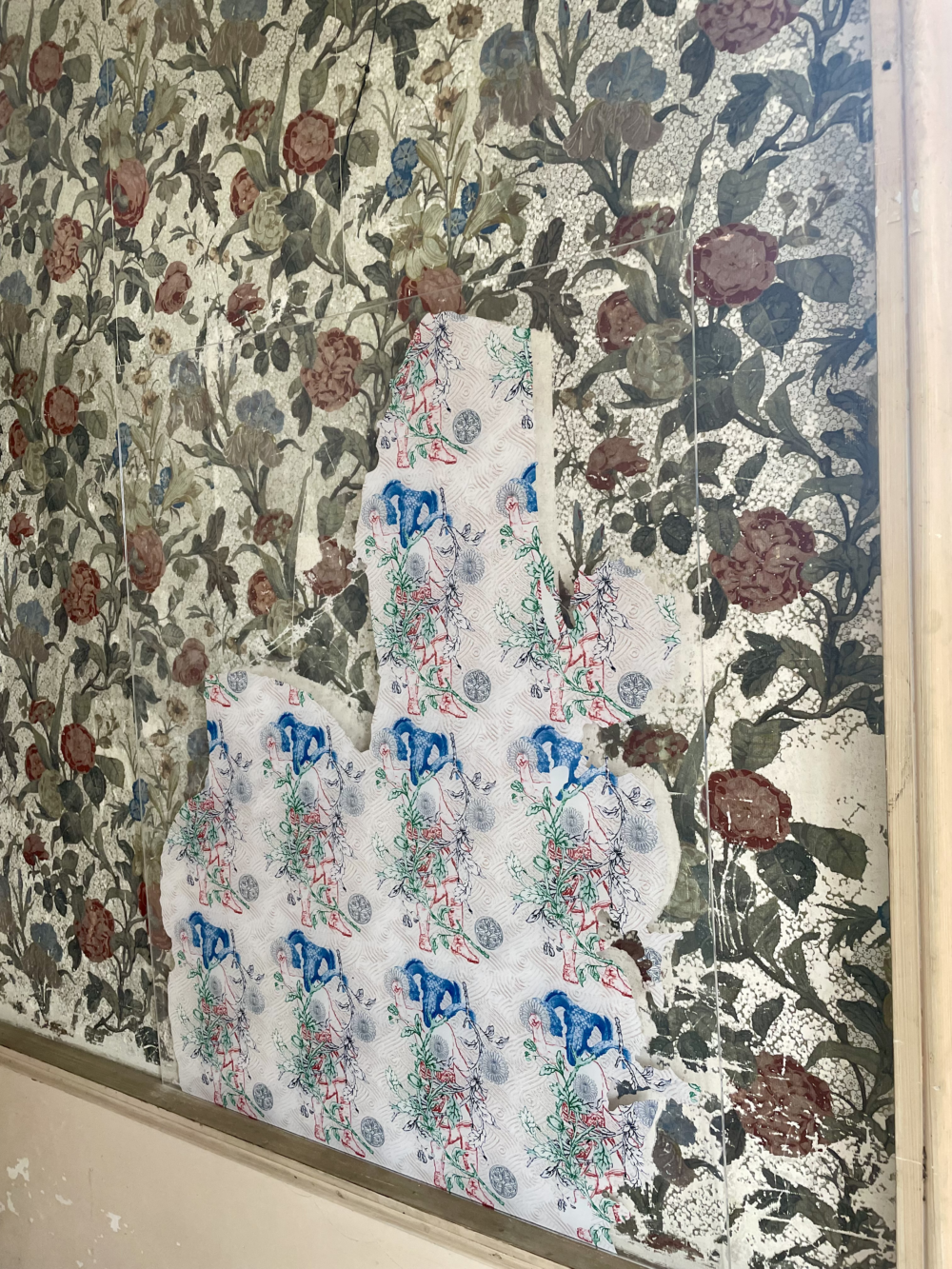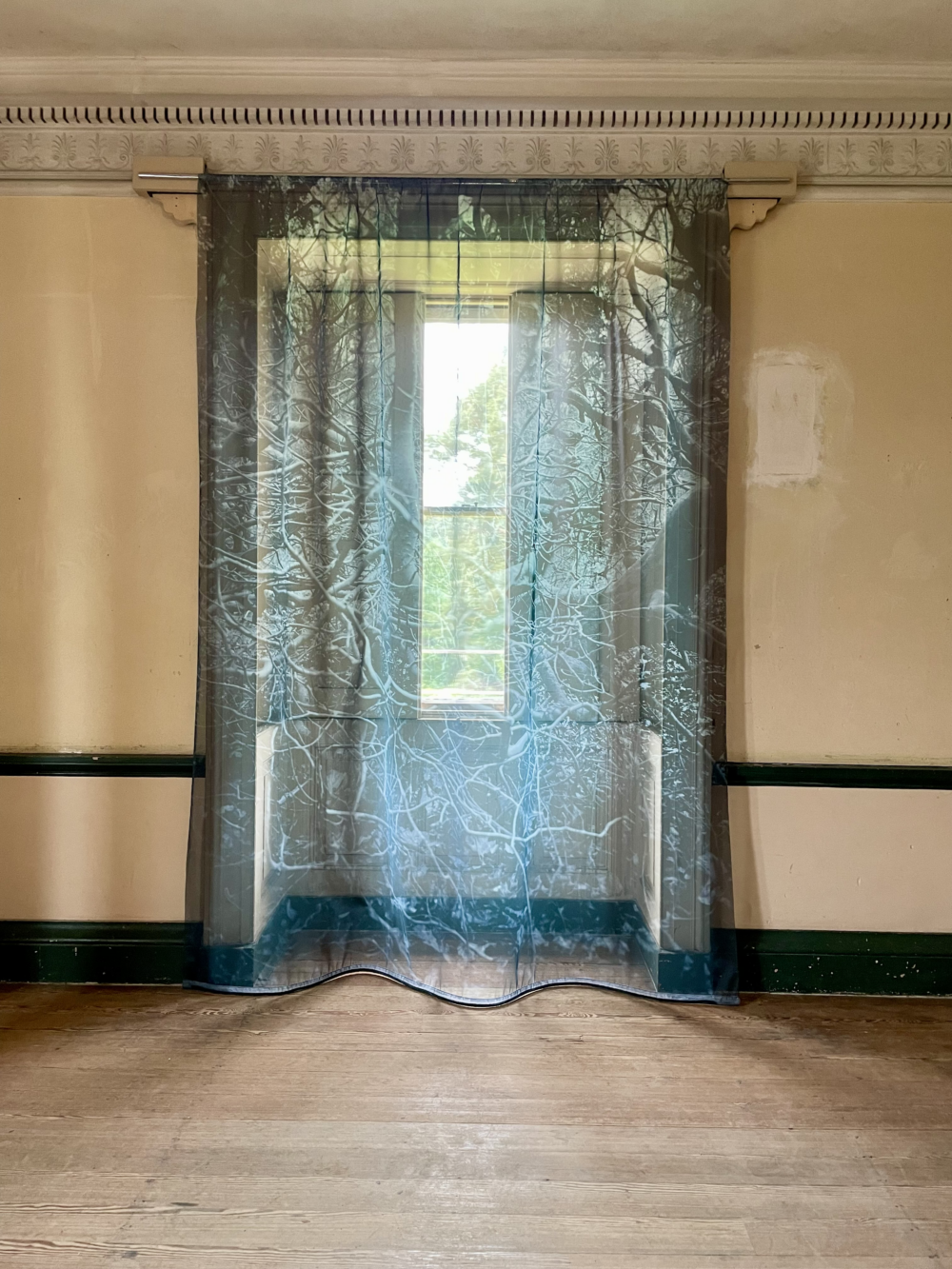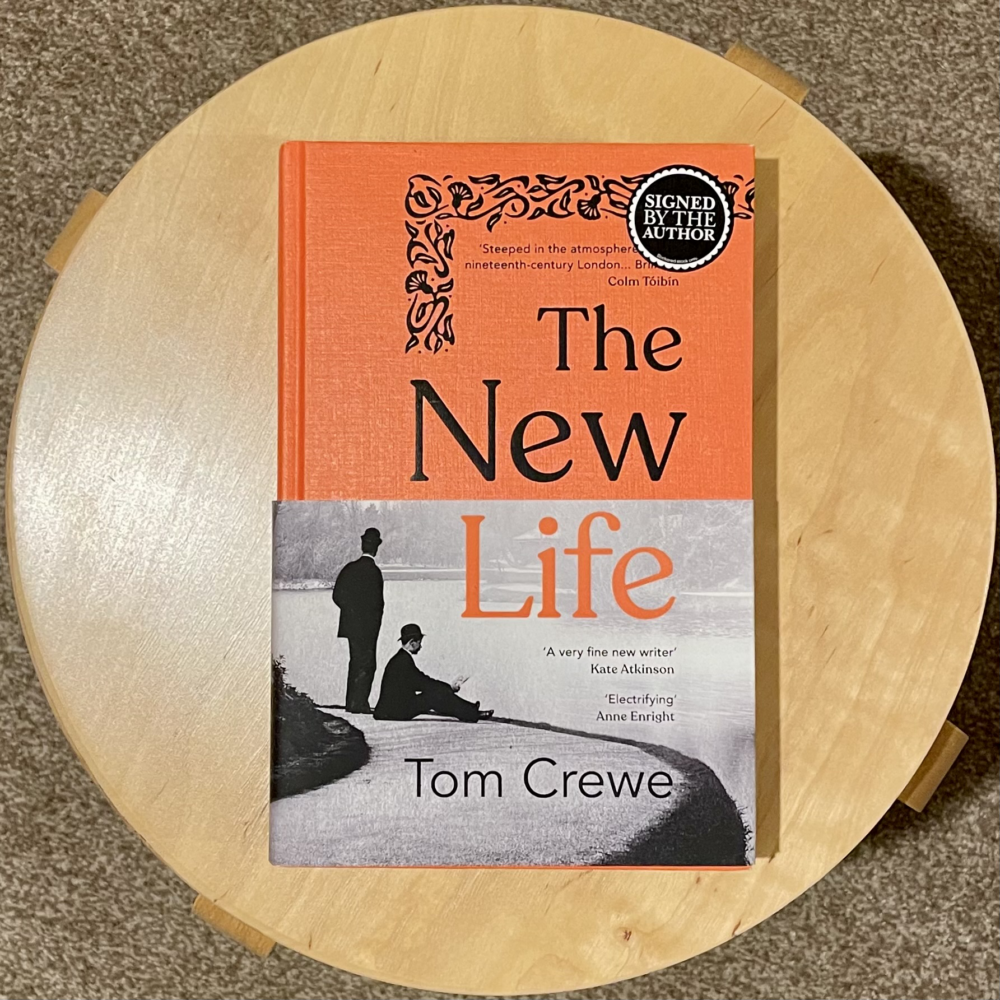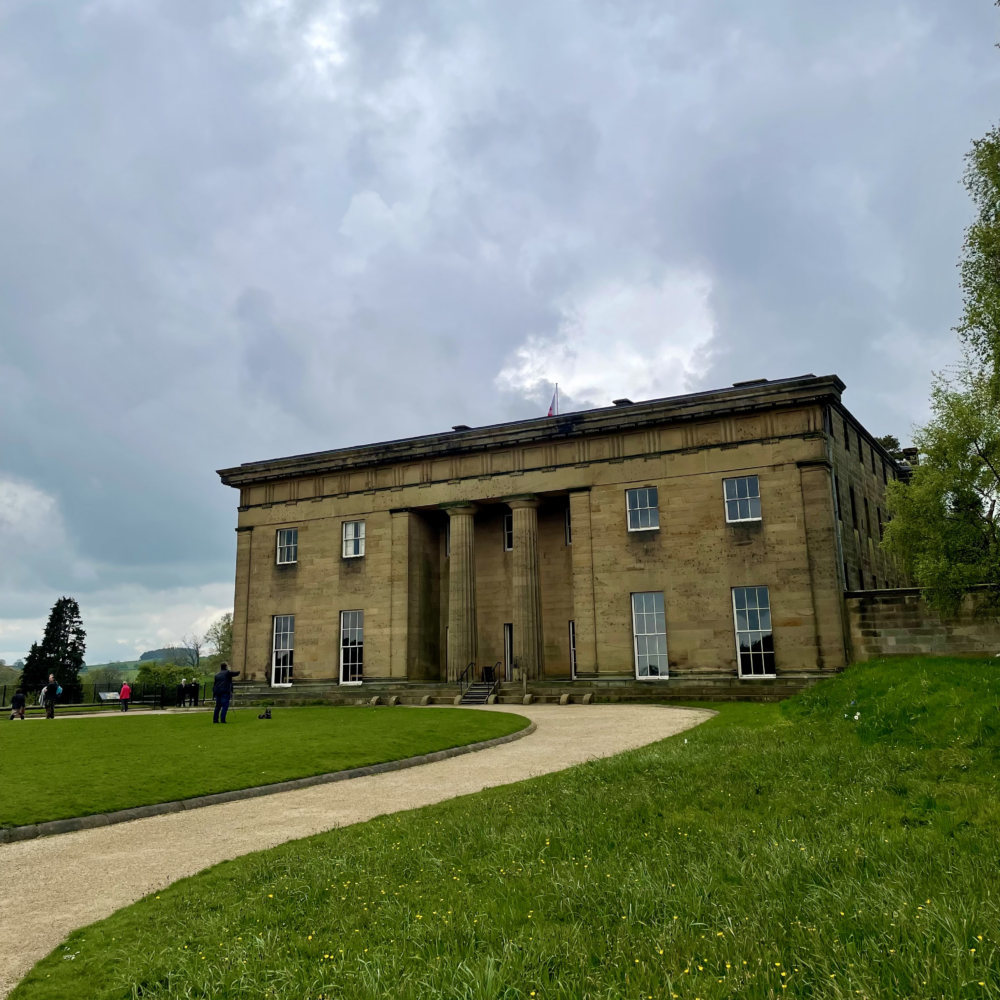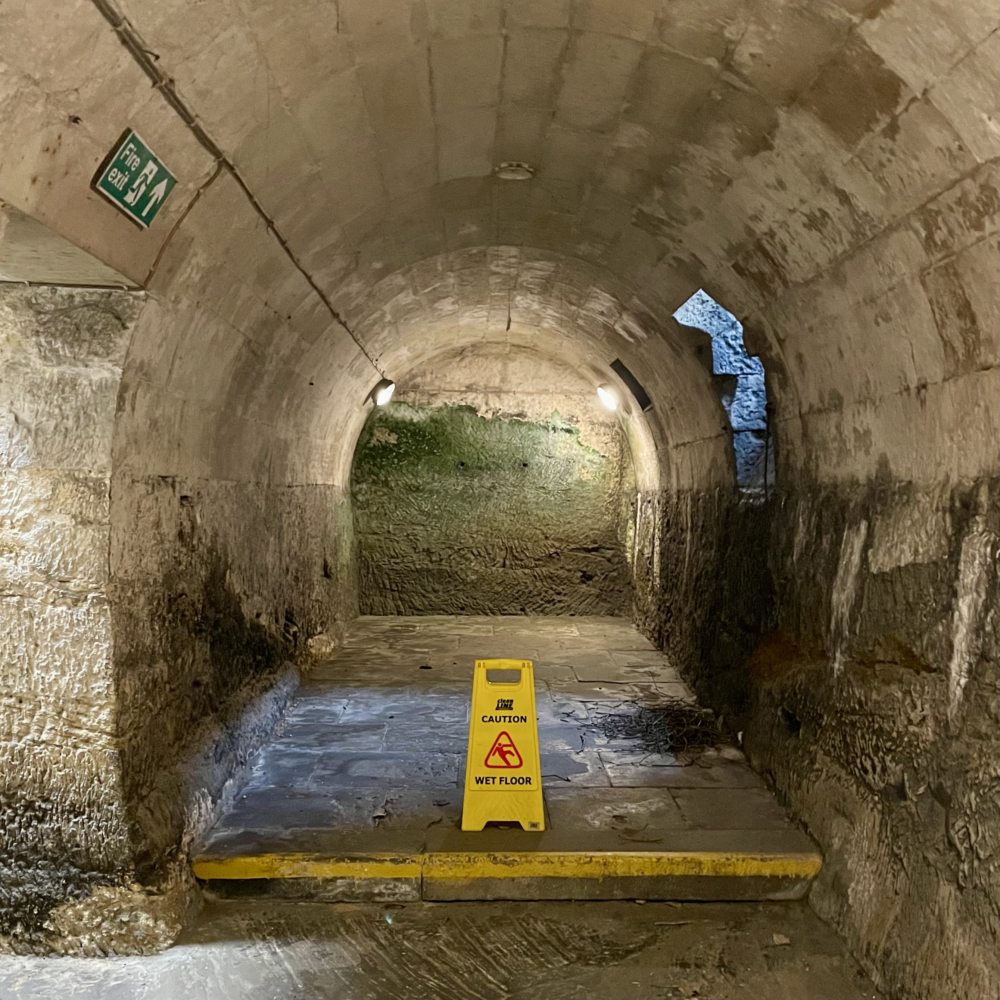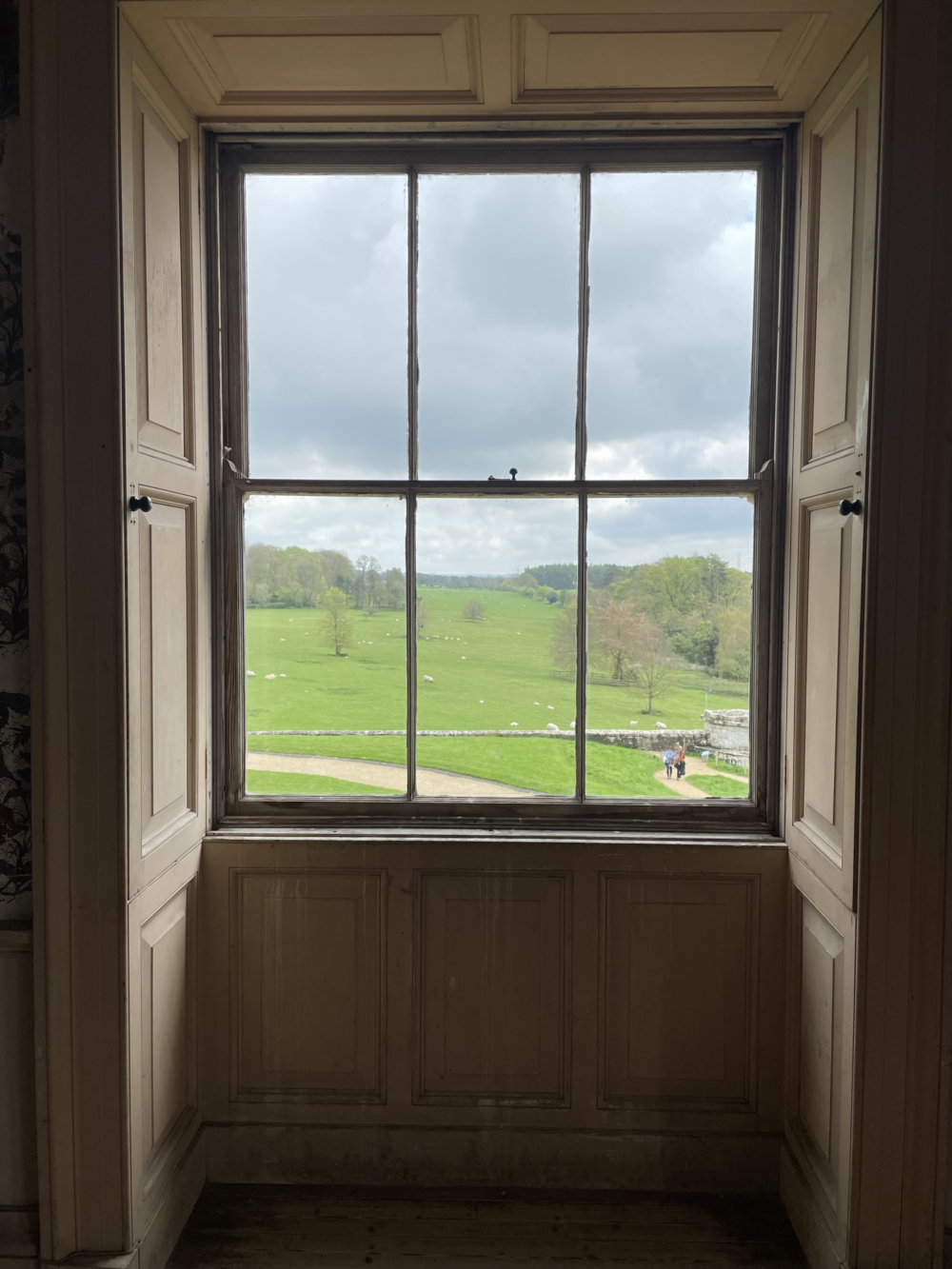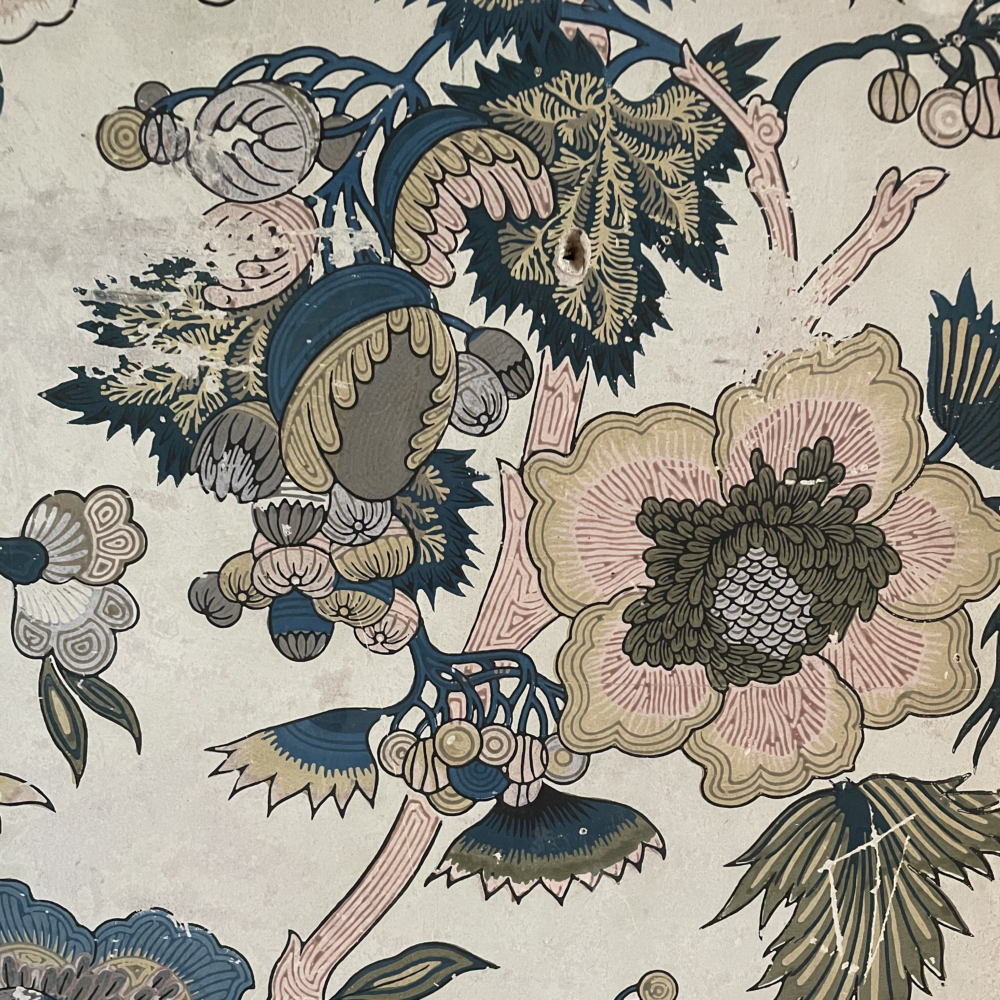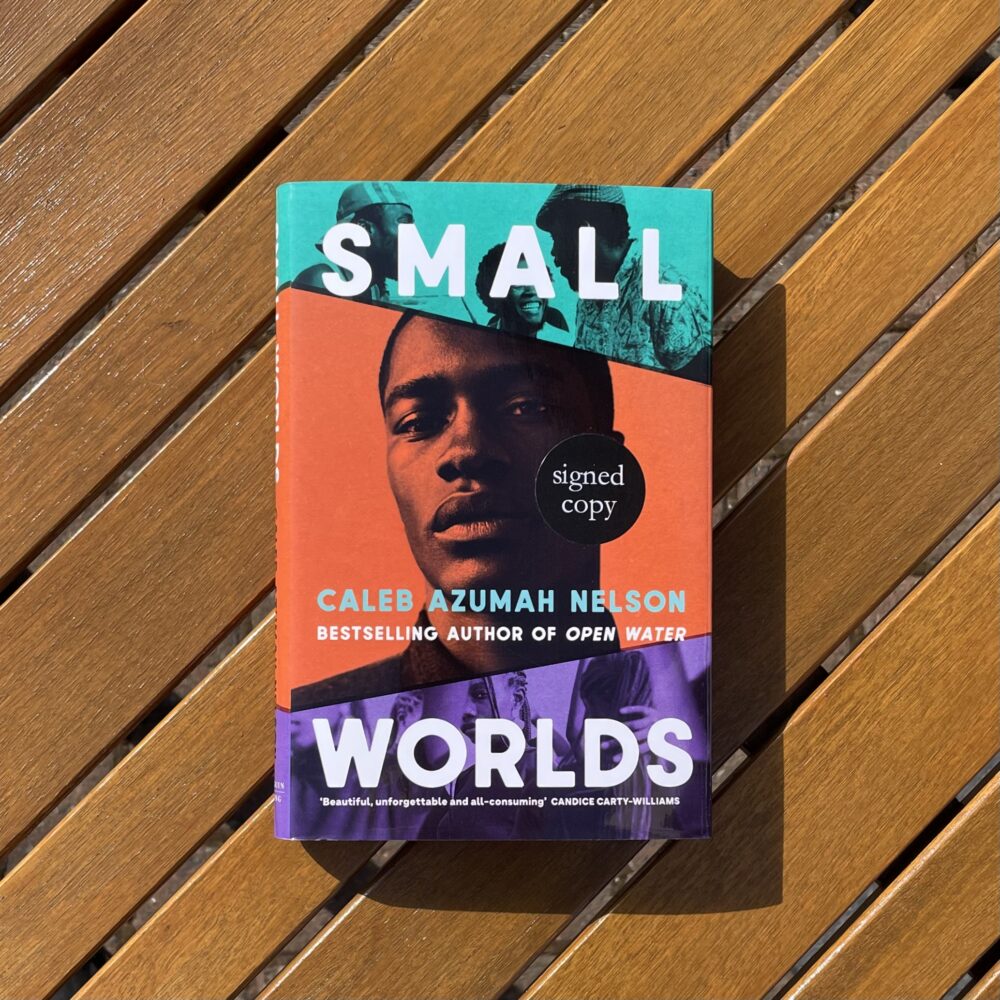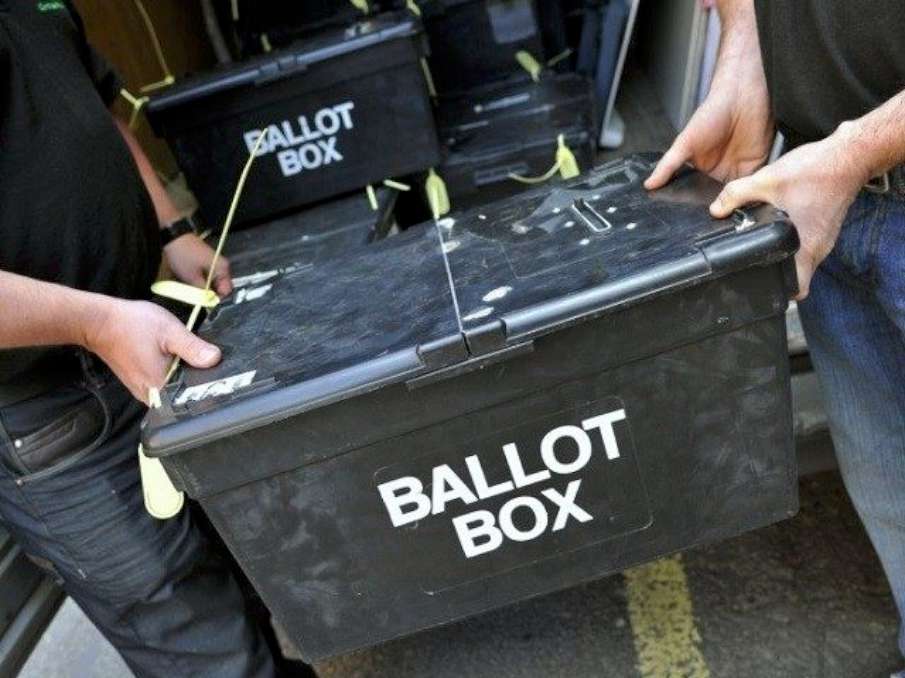I’m not normally a big fan of historical fiction, preferring to read things set in the present day. However, Tom Crewe’s debut novel was so widely recommended that I thought I’d give it a go.
The novel is fiction, but it is inspired by the story of John Addington Symonds and Henry Havelock Ellis jointly writing one of the first medical texts about human sexuality in the late Victorian era. Both of the male authors portrayed in The New Life are married, though each has particular sexual preferences: one has relationships with men, while the other is aroused by women urinating. Their medical text concerns homosexuality—or ‘inversion’ in the language of the period—and forms part of their wider view that world ought to embrace progressive social change. The arrest of Oscar Wilde reveals a greater level of establishment prejudice than they had perhaps anticipated, and indirectly threatens their work.
I enjoyed reading this, but I found the Victorian dialogue a bit wearing and the claustrophobic, stifling social norms hard work. I know that it could be argued that that’s the point, but I find it quite hard to empathise with people who are buttoned up to quite that extent… which is one reason I don’t really like historical fiction.
I did highlight a few passages:
We must live in the future we hope to make.
‘And you look very fine.’ She tugged playfully at his lapel. ‘A new suit! Is it horribly uncomfortable?’
‘Horribly. Freedom lost for freedom gained.’
‘And what are you? You are not so oblivious as to think there are only two of us. Is the law beyond scrutiny? It is a rotten, filthy law. That is the stain. The point of my conclusion, which you single out for scandal, is that there is a benefit, as you call it, in a proper comprehension of the past. The knowledge that what we punsih with hard labour — a crime for which men used to hang in our fathers’ time — was once praised, understood, practised, by the very men whose thought we teach our sons, whose heroics we pride ourselves on matching, whose marbles we line up for edification; may that knowledge not do some useful work in the world? How can it not?’
‘But Henry,’ she almost shouted, ‘you never did have me to yourself. It was on that basis that we married, that we thought up our marriage. No two people need be everything to each other.’
‘You have become everything.’
She stared at him defiantly. ‘I do not want to be, to anyone.’
Anguish locked in this throat. ‘You are. I am only loneliness without you.’
She stared at him still. ‘Then we should never have married,’ she said, quite plainly, putting down the plates.
A couple married for as long as they had been could know many things without ever talking about them. Sometimes it was the need to speak which signalled trouble.
It had mattered that his father was a doctor. As a child he liked the comings and goings at the house — the front door opening on a patient was like the beginning of a story — and he liked his father for being so wanted and necessary.
